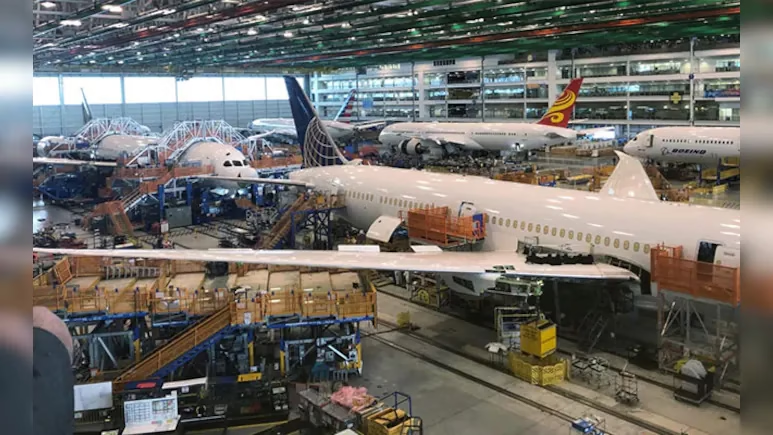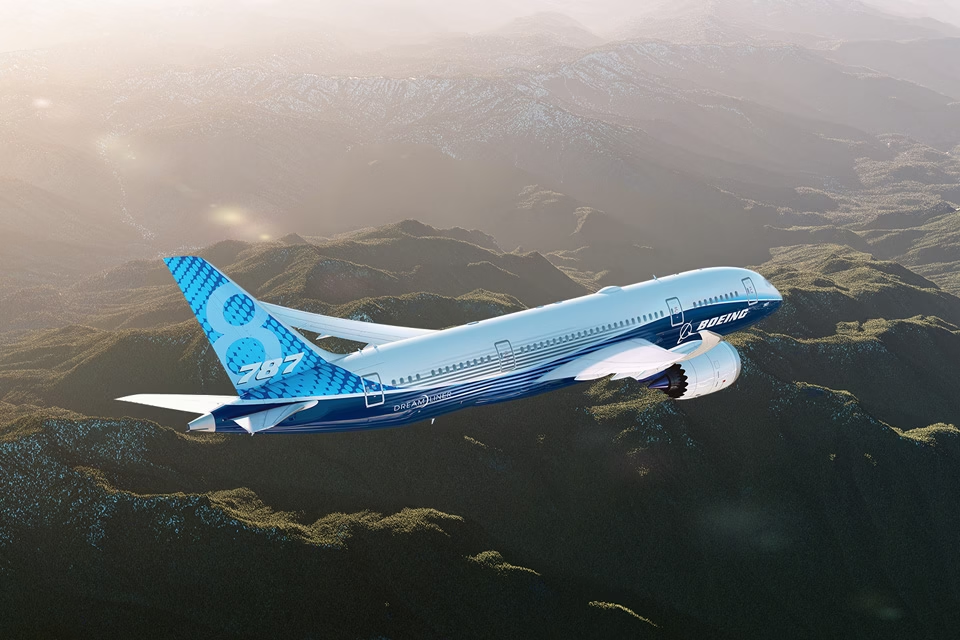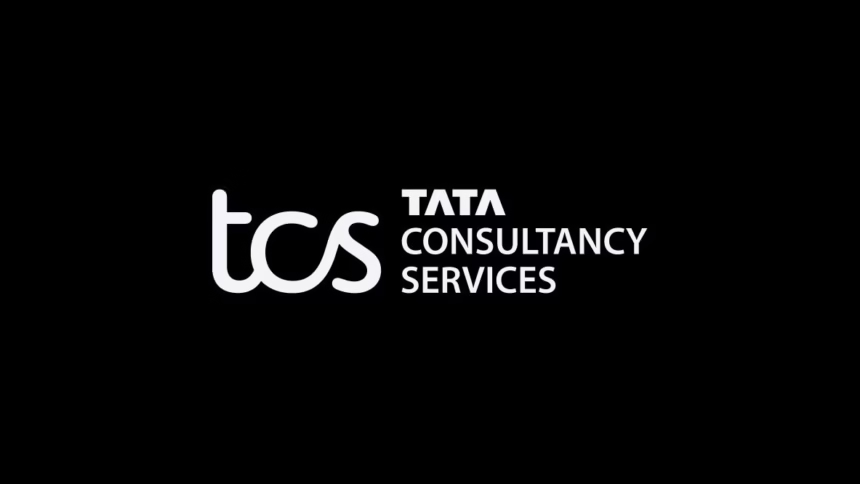As India reels from its deadliest aviation disaster in over a decade, global scrutiny intensifies on Boeing’s Dreamliner and Tata Group’s rapid rise in the skies—raising urgent questions about safety, ambition, and accountability.
The Day Everything Fell Apart
On June 12, 2025, at exactly 1:39 PM IST, Air India Flight AI171 lifted off from Ahmedabad’s Sardar Vallabhbhai Patel International Airport, headed for London Gatwick. Thirty seconds later, the Boeing 787-8 Dreamliner fell from the sky, crashing into a crowded neighborhood near B.J. Medical College. The impact obliterated the aircraft and killed 241 people on board and 28 more on the ground. Only one passenger survived.
- As India reels from its deadliest aviation disaster in over a decade, global scrutiny intensifies on Boeing’s Dreamliner and Tata Group’s rapid rise in the skies—raising urgent questions about safety, ambition, and accountability.
- The Day Everything Fell Apart
- The First Fatal Crash for the Dreamliner
- Dissecting the Disaster
- Boeing’s Reputational Storm
- Tata’s Turbulent Flight Path
- The Road Ahead: Truth, Trust, and Transformation
- When Growth Outpaces Groundwork
This wasn’t just a tragic accident—it was a seismic jolt to India’s aviation industry, Tata Group’s high-stakes ambitions, and Boeing’s reputation as a builder of next-generation aircraft.
The First Fatal Crash for the Dreamliner
Since its introduction in 2011, the 787 Dreamliner had never suffered a fatal accident—until now. Designed to be lighter, faster, and more fuel-efficient than its predecessors, the Dreamliner symbolized the future of long-haul travel. Yet the sleek, carbon-fiber marvel has not been without controversy, plagued early on by battery fires and delayed deliveries.
The crash in Ahmedabad marks a catastrophic turning point. Not only is it the first hull loss for the model, but it also challenges assumptions about its safety record and reliability.

Dissecting the Disaster
While investigators sift through black box data, preliminary theories are emerging. Flight AI171 issued a mayday call seconds after takeoff, and video footage reveals an aircraft struggling to climb. Analysts believe improper flap settings or premature retraction may have caused a loss of lift—especially dangerous under extreme heat and heavy fuel load. The aircraft had reportedly taken on about 100 tonnes of fuel for its intercontinental route.
Experts have also noted the hazardous environment around the airport—high bird activity, intense ambient temperatures, and possible mechanical or crew oversight—all of which could have conspired to overwhelm the aircraft.
Boeing’s Reputational Storm
This crash adds to Boeing’s mounting troubles. Already under scrutiny for its handling of the 737 Max crises, structural concerns with the 787, and federal investigations into manufacturing practices, the company now finds itself at the center of another global controversy.
With thousands of Dreamliners in active service and billions of dollars in future orders on the line, the stakes are enormous. Boeing’s immediate response has been to send investigative teams and provide support, but the longer-term damage—to trust, confidence, and accountability—may take far more to repair.
Tata’s Turbulent Flight Path
For the Tata Group, which only recently took back control of Air India and launched an ambitious reinvention strategy, the crash could not have come at a worse time. The airline’s transformation included rapid fleet upgrades, international route expansion, and a brand overhaul—all anchored by the Dreamliner’s promise.
Now, that vision faces a harsh reality check. Are operations expanding faster than safety systems can scale? Is the workforce adequately trained for new aircraft technologies? Are regulators and executives aligned on risk oversight?
These questions don’t just concern Tata—they concern the entire aviation ecosystem in India and beyond.
The Road Ahead: Truth, Trust, and Transformation
Over the coming months, India’s aviation regulator and international authorities will pore over cockpit voice recorders, flight data, maintenance logs, and crew histories. The conclusions they draw will be critical—not just for understanding what went wrong, but for preventing it from ever happening again.
But even before the final report arrives, one thing is clear: the future of flying in India—and perhaps the world—may be reshaped by this single, devastating moment. Safety must not be an afterthought. Transparency must not be optional. And ambition must never outpace accountability.
When Growth Outpaces Groundwork
This isn’t just about one airline or one aircraft. It’s about the balance between innovation and diligence, expansion and responsibility. The wreckage in Ahmedabad is a monument to lives lost—but also a reminder of the trust passengers place in those who build, operate, and oversee aviation’s vast machinery.
For Air India, for Tata, and for Boeing, this is no longer just a business challenge. It is a moral one. And for passengers worldwide, that challenge couldn’t be more personal.










